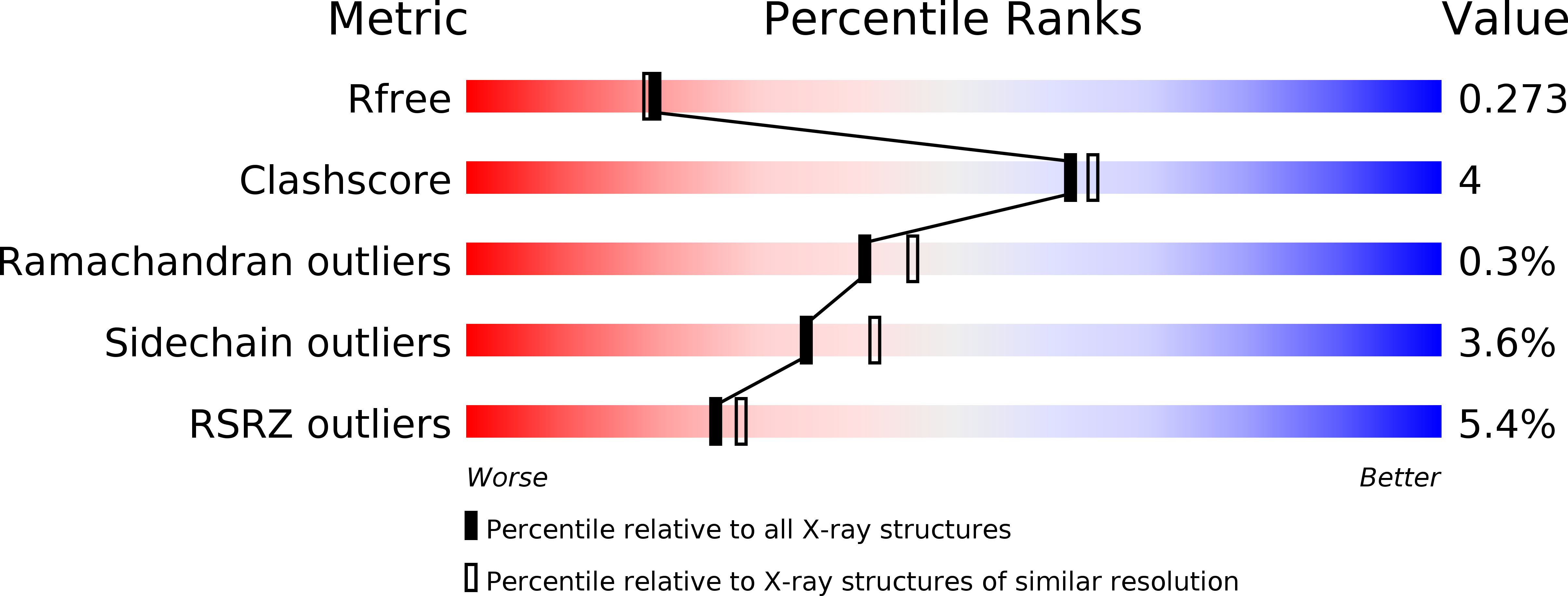
Deposition Date
2015-01-26
Release Date
2015-03-18
Last Version Date
2024-01-10
Entry Detail
PDB ID:
5AFV
Keywords:
Title:
Pharmacophore-based virtual screening to discover new active compounds for human choline kinase alpha1.
Biological Source:
Source Organism:
HOMO SAPIENS (Taxon ID: 9606)
Host Organism:
Method Details:
Experimental Method:
Resolution:
2.25 Å
R-Value Free:
0.26
R-Value Work:
0.22
R-Value Observed:
0.22
Space Group:
P 21 21 21


